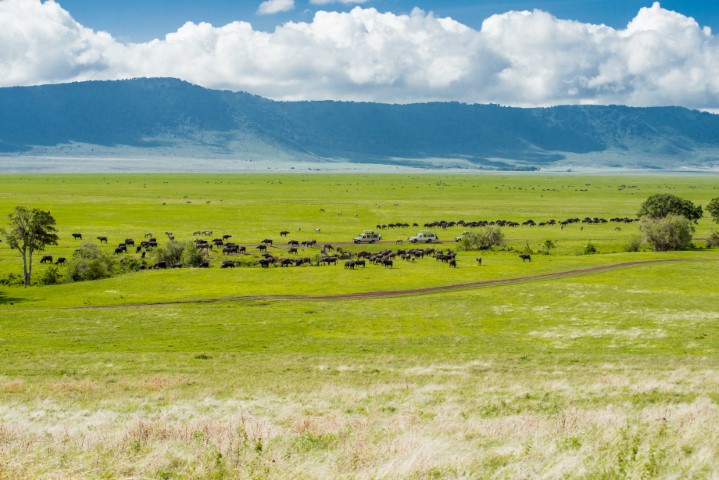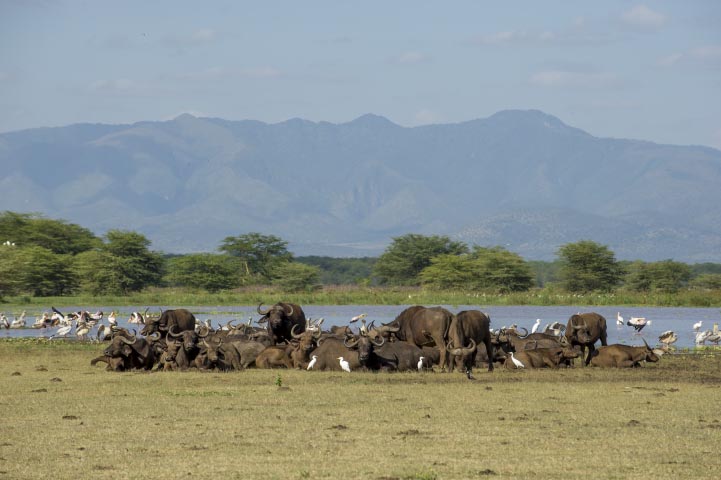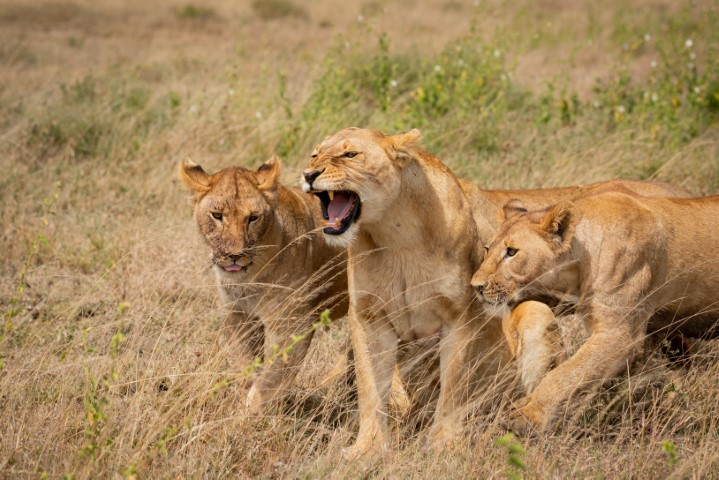Discover the Wonders of
Tarangire National Park

Tarangire National Park, the sixth-largest national park in Tanzania, spans an impressive 2,850 square kilometres. The park derives its name from the Tarangire River, which gracefully winds its way through the terrain and serves as the sole lifeline for wildlife during the dry seasons.
Tarangire presents a captivating spectacle of savanna landscapes adorned with iconic baobab trees and serves as a congregation point for Africa’s most formidable denizens of the wilderness. Here, the savanna is adorned with monumental baobabs, and it hosts the most magnificent herds of African elephants found in northern Tanzania. Dominated by savanna woodlands, wetlands, and seasonal flood plains, the park boasts an extraordinary diversity of bird species.
The dry season is a time of wonder when migratory ungulates return to quench their thirst at the perennial waters of the Tarangire River. However, from August to October, Tarangire reaches its zenith, becoming one of the most remarkable wildlife strongholds on the African continent.
Renowned for its prolific elephant populations, ancient baobab trees, elusive leopards, and majestic lions, Tarangire’s allure extends along the banks of the Tarangire River, where herds of wildebeests and zebras gather, followed by the graceful presence of Grant’s gazelles, Thomson’s gazelles, and a diverse array of other wildlife.
Reasons to visit Tarangire National Park
- Encounter virtually all the iconic animals of the East African Plain.
- Marvel at the sight of vast elephant herds.
- Delight in the breathtaking natural beauty of savanna landscapes, majestic baobabs, and serene river valleys.
What to Do
- Embark on captivating game drive safaris.
- Traverse the wilderness on guided walking safaris.
- Immerse yourself in the culture with day trips to Maasai and Barabaig villages.
Getting There
- Easily accessible by road from Arusha.
- Conveniently reach the park via scheduled and charter flights from Arusha, Zanzibar, or Dar es Salaam.
Best Time to Visit
- Year-round accessibility, with the dry season (June – October) offering the opportunity to witness abundant wildlife.
- Short rains fall in November and December, followed by partial drying in January and February, leading to the long rains culminating in early May.



